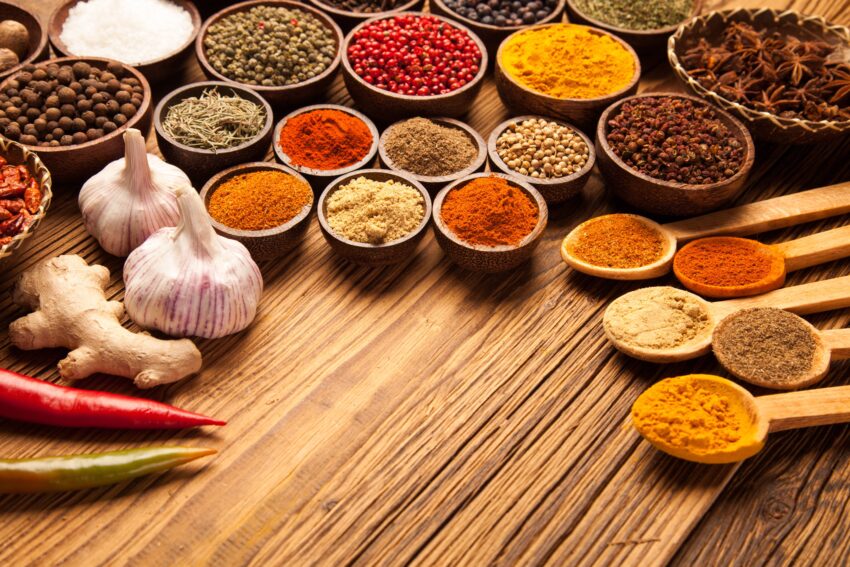The Science Behind Food Flavor
From the moment we take our first bite, the complex interplay between smell and taste defines how we experience our food. However, the journey each flavor takes to stimulate our senses is an intricate process determined by scientific factors. In this article, we breakdown the psychology and physiology behind what determines flavor and how chefs and food scientists are pushing boundaries to create new tastes.
The Anatomy of Taste
Our ability to taste originates from taste receptor cells located within taste buds on our tongues. These specialized cells each detect one of the five basic tastes- sweet, sour, salty, bitter or umami. When foods interact with these receptor cells, they send signals to the brain which interprets the chemical information as a particular flavor. However, recent research reveals our perception of flavor is much more nuanced.
Beyond the 5 Basic Tastes
While the five taste categories were long considered the primary drivers of flavor experience, scientists now understand tastes are just one small part of the full flavor picture. When we eat, volatile compounds from food interact with odor receptors in our nose. This aroma information, in conjunction with taste, builds a complex flavor perception in the brain. Some foods like chocolate or wine have signature aromas that profoundly shape how we experience them compared to just taste alone. This discovery revealed why loss of smell due to illness can deeply impact our enjoyment of food.
Playing with Flavor Compounds
With a better grasp of the biochemical processes behind flavor now possible, chefs and food scientists are finding creative ways to tinker with natural flavor compounds and design new sensations. One approach is breaking down ingredients like tomatoes or vanilla beans at a molecular level to isolate unique aroma substances. These extracts allow enhancing intrinsic flavors in other foods or blending cross-varietal profiles to produce unexpected combinations. Others take this a step further through biotechnology, engineering novel compounds in the lab or crossbreeding plants to breed new flavor phenotypes. The goal is developing foods with artistic flavor innovations limited only by the imagination.
The Psychology of Expectation
While scientific factors govern the nuts and bolts of taste detection, dynamic social and cognitive elements also shape our flavor experience. Research shows expectation and context profoundly affect perception. In blind taste tests, people encounter far less intense flavors than when they know a food’s identity. Similarly, marketing, labeling or plating style can influence how customers rate a dish’s appeal, sometimes overriding senses altogether. Understanding psychology has let chefs leverage biases to their advantage through suggestion and cultural conditioning of preferences. Ultimately, both science and subjective experience determine how we interact with the sensory symphony of every bite.
Crafting Memorable Flavors Through Tradition
Alongside scientific technique, preserving cultural food traditions remains vital for maintaining diverse and distinctive flavor heritages. Regional cooking stems from generations refining native ingredients to blend optimally with local terroir. Dishes like tagines, mole sauces or kimchi balance spice profiles through accumulated traditional wisdom, heightening sensory delight over centuries. Similarly, artisanal processing like aging cheese or curing meats allows natural transformative biochemistry; no lab could reproduce their complexity. As science progresses, the handmade craft of culinary customs works in parallel, mutually informing enhanced flavor frontiers through balance of innovation and legacy.
The Future of Flavor
Looking ahead, continued collaboration between science and cooking promises ever more sophisticated flavor control and design. Advances in biotechnology may yield novel crop cultivars or non-traditional ingredients with engineered sensory properties. Neural imaging technology also now maps in-vivo brain responses to different flavors, vastly deepening understanding of perception. This data could optimize hedonic flavor profiles through targeted compound combinations matched to individual genetic and cultural tastes. However, rapid technological progress also risks some traditions becoming obsolete as preferences shift. As the linkage of senses, memories, and society shape unique cultural identities expressed through cuisine, maintaining diversity amongst communities remains key so all may continue crafting flavor in their own voice. Going forward, balancing tradition, innovation and individual experience will define how society savors the endless complexities of flavor.
In summary, our perceptions of taste and flavor result from the interplay of biological, chemical and psychological factors. While science unveils new dimensions to this intricate sensory experience, traditional knowledge and social influences remain indispensable for maintaining distinctive culinary heritages. Looking ahead, continued collaboration between science and the culinary arts will exponentially expand possibilities for enhancing, designing and personalizing flavor. However, preserving diverse cultural food identities through tradition alongside technological progress ensures all peoples retain agency in experiencing the pleasures of flavor on their own terms.
Note:
1. Source: Coherent Market Insights, Public sources, Desk research
2. We have leveraged AI tools to mine information and compile it

